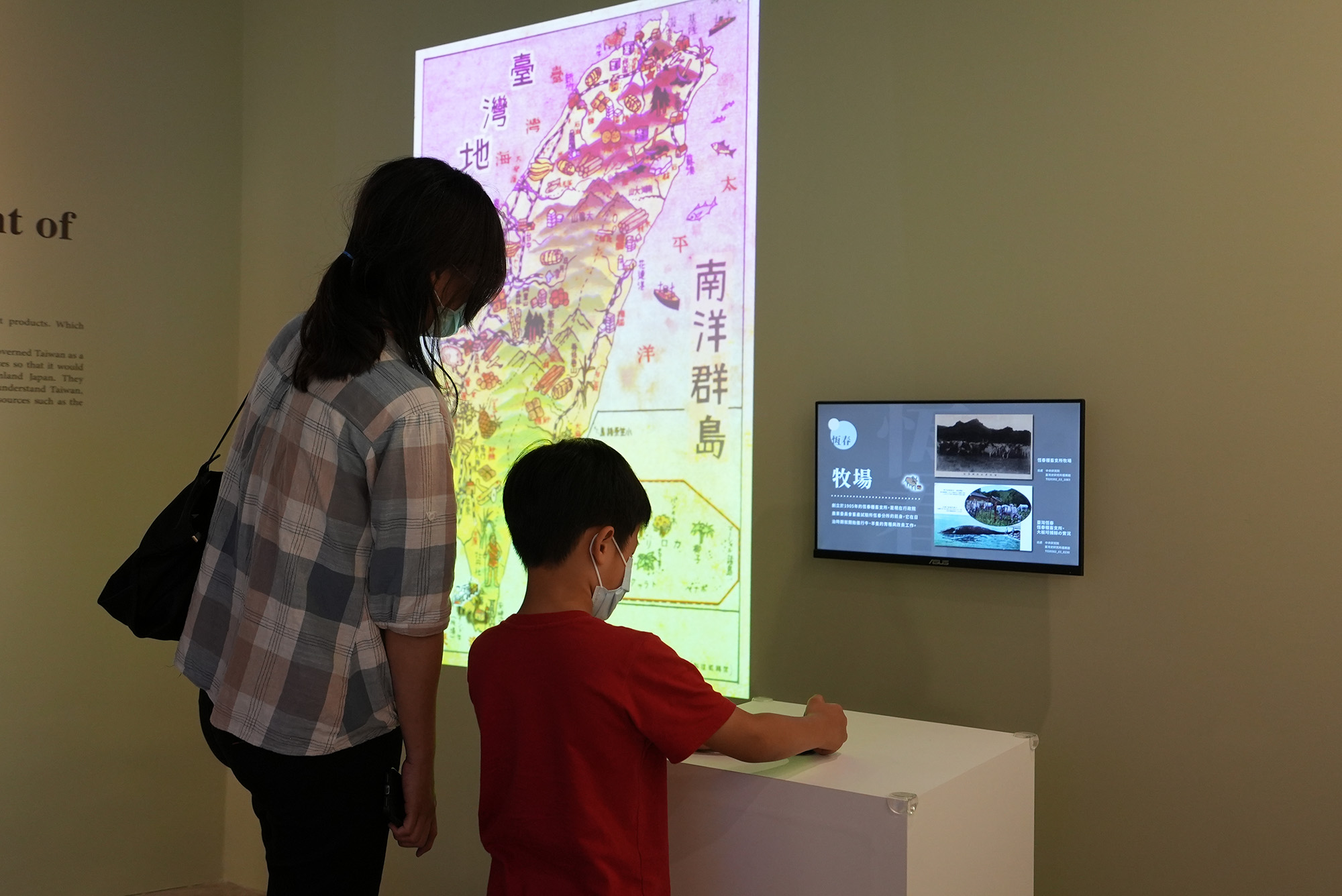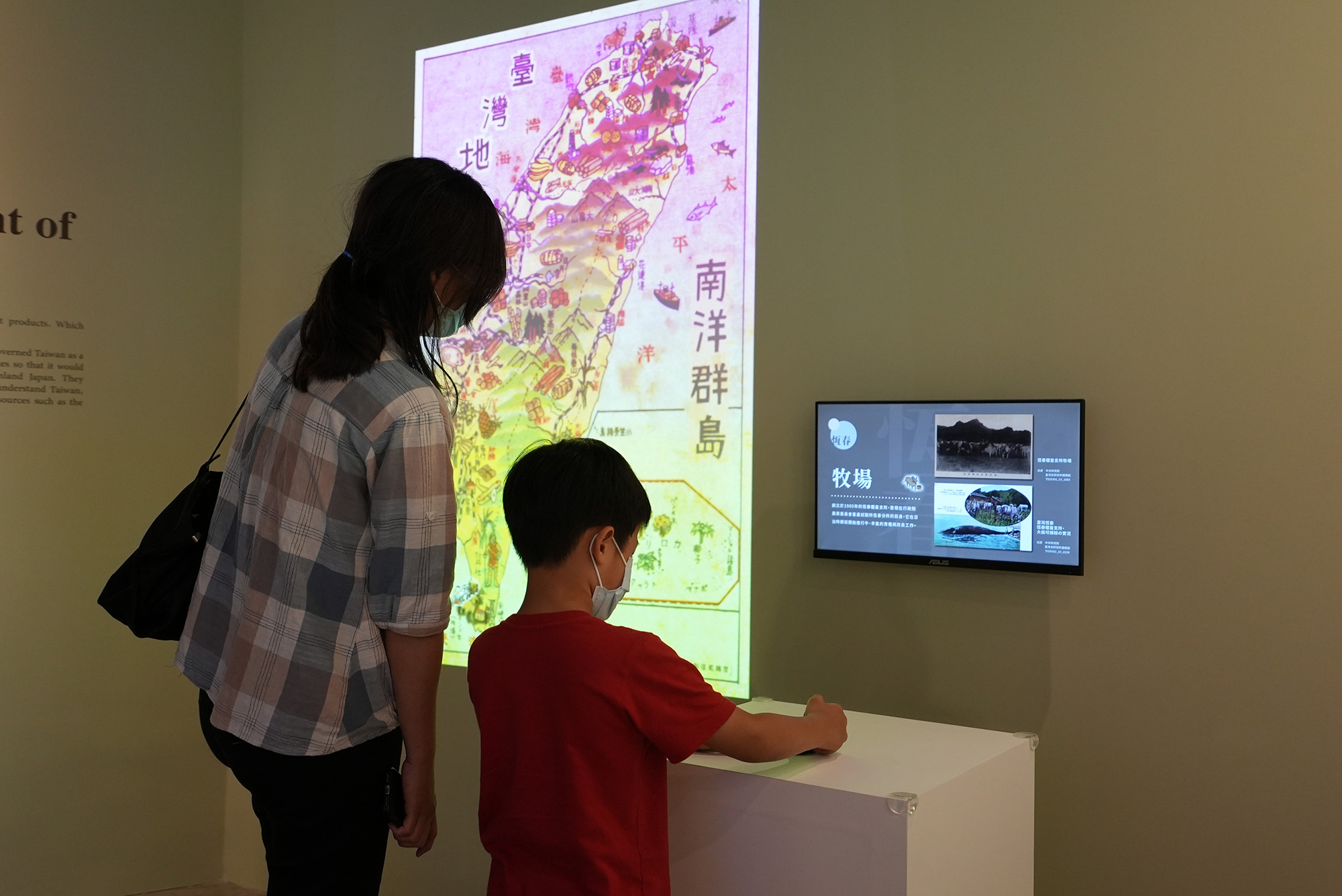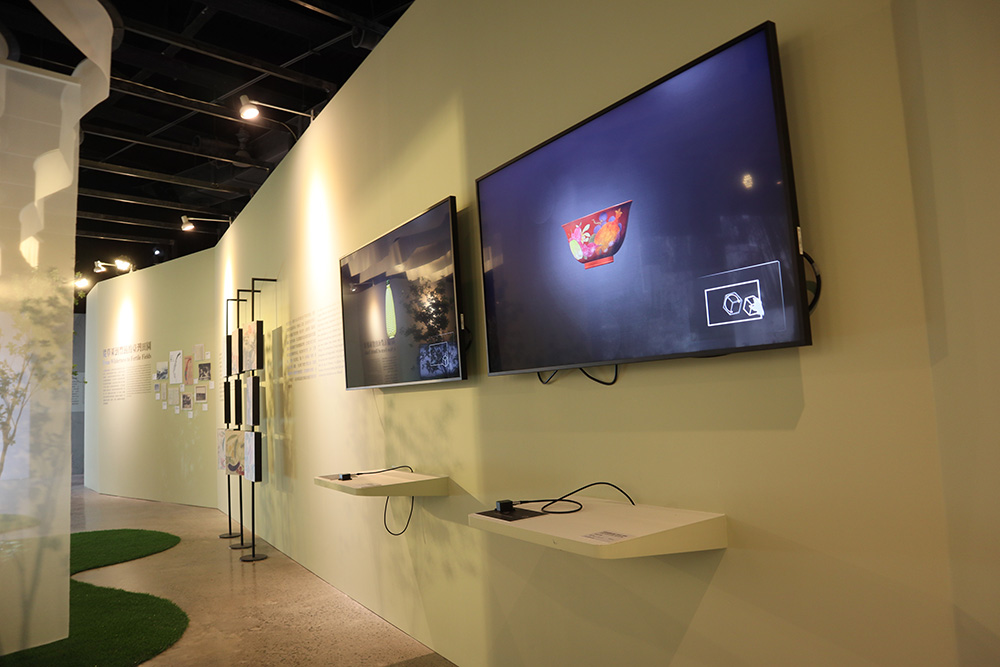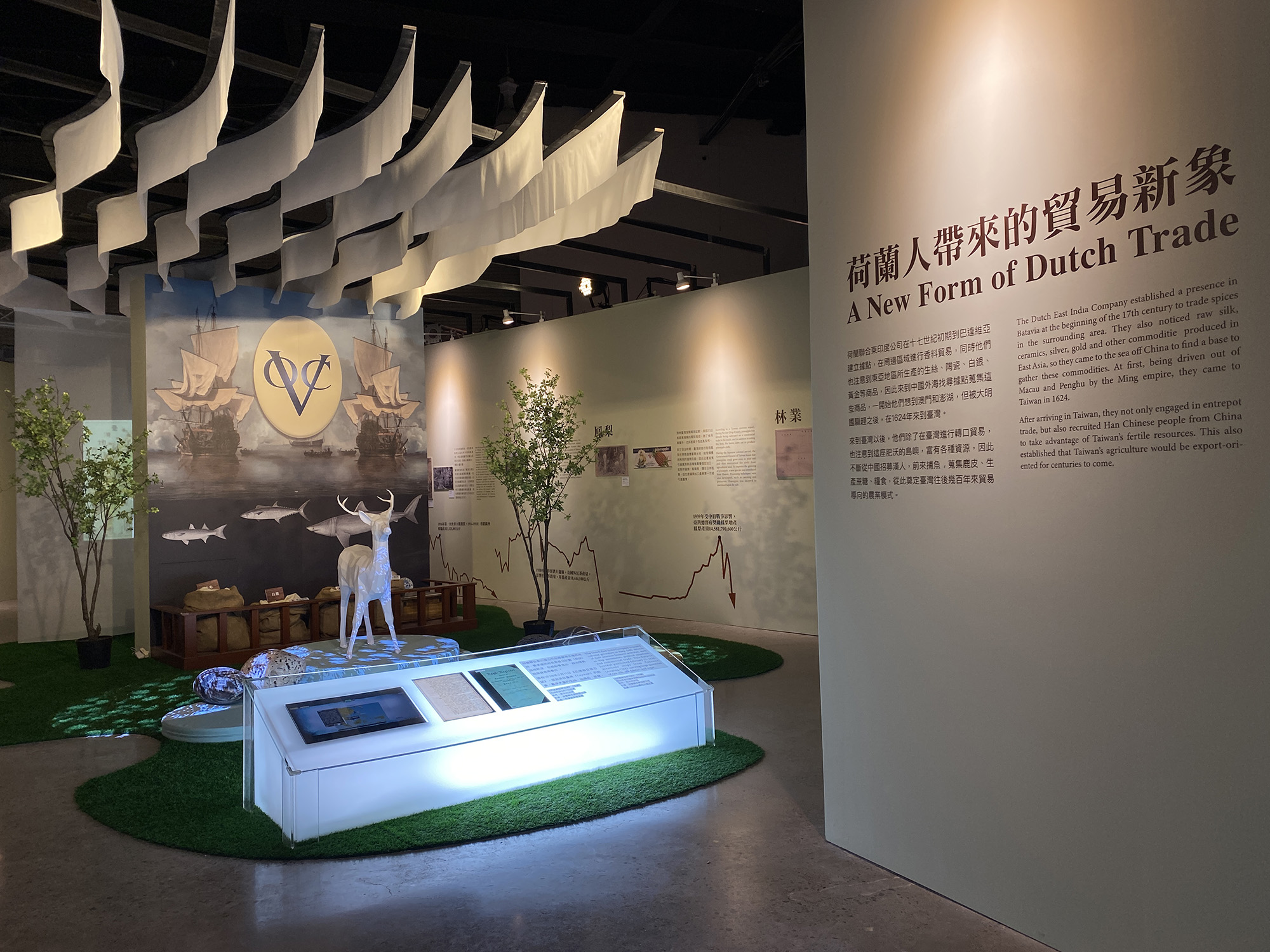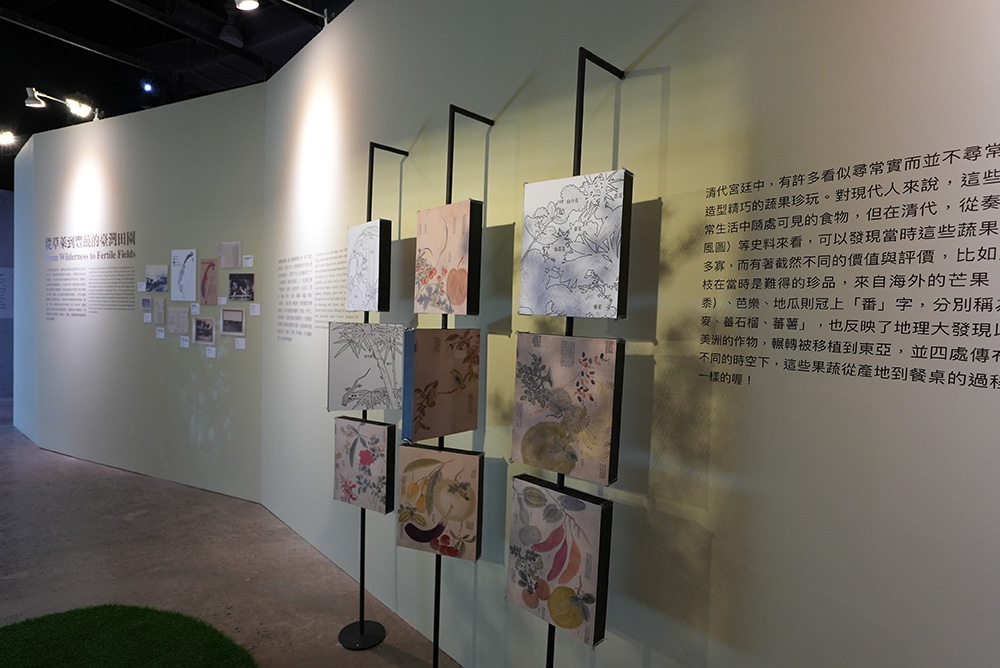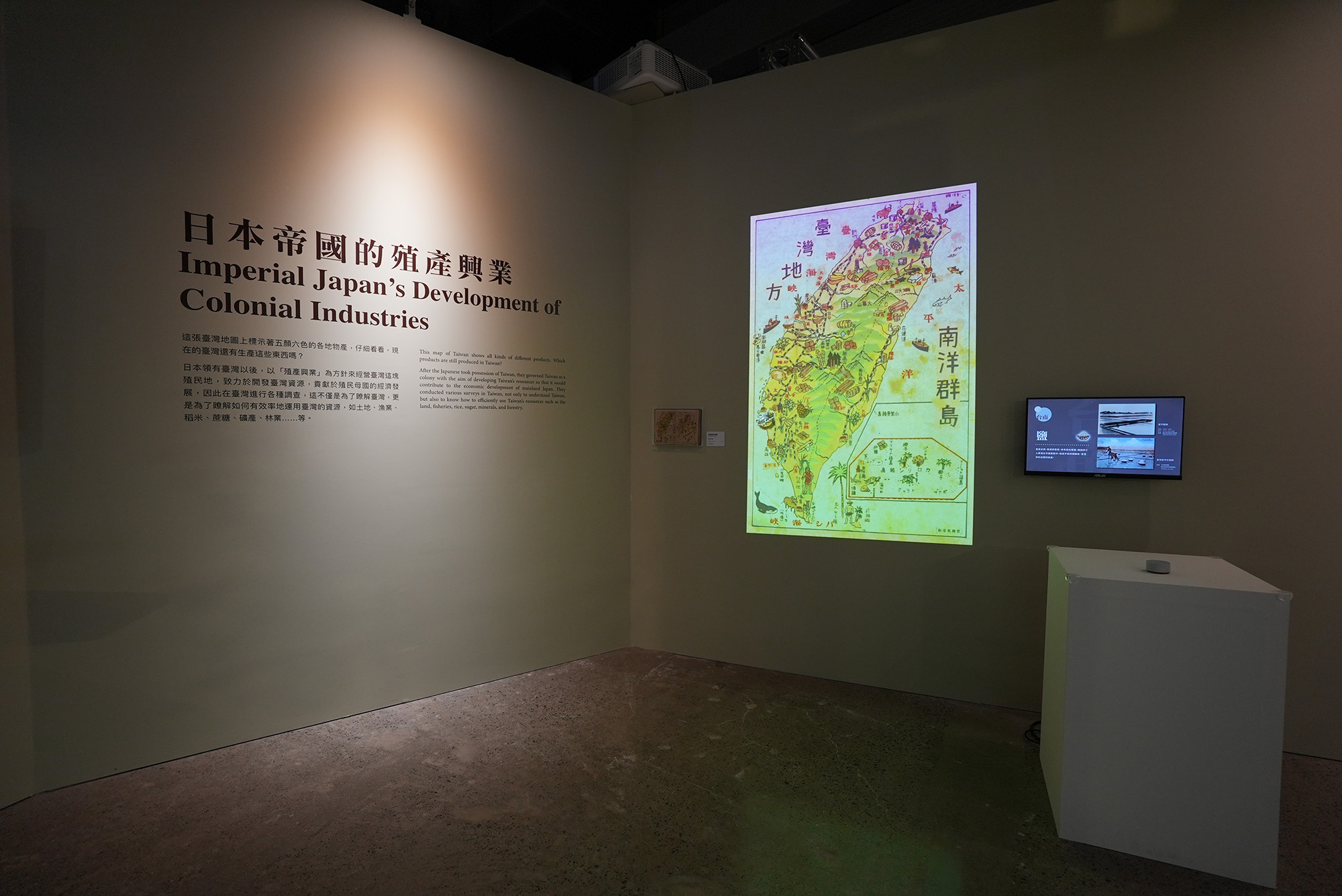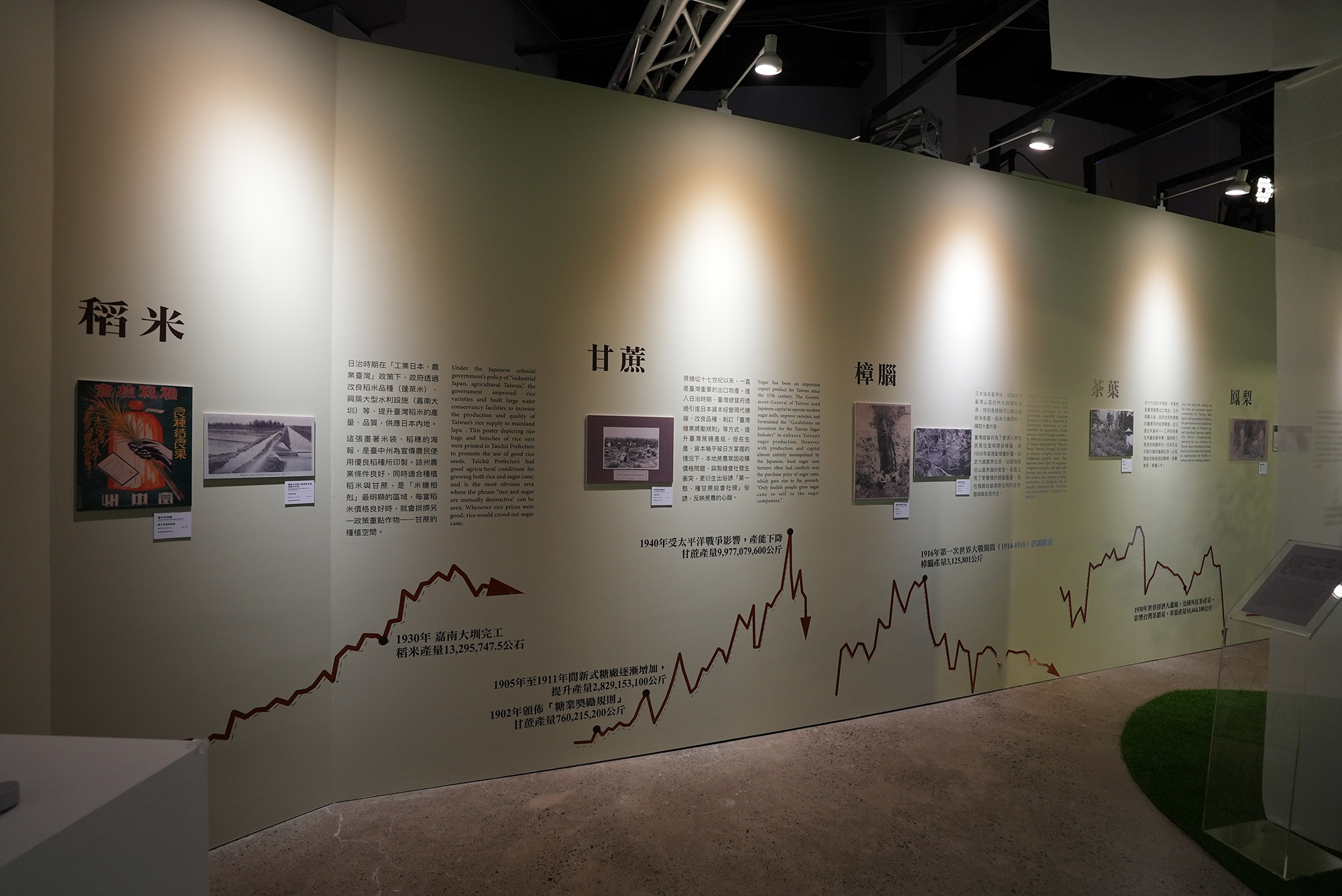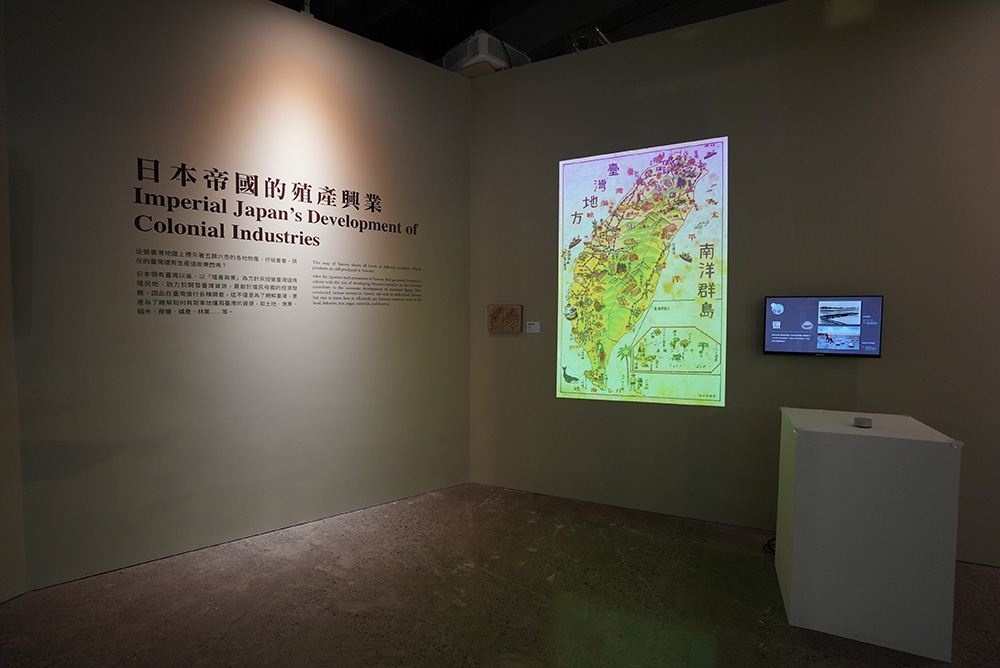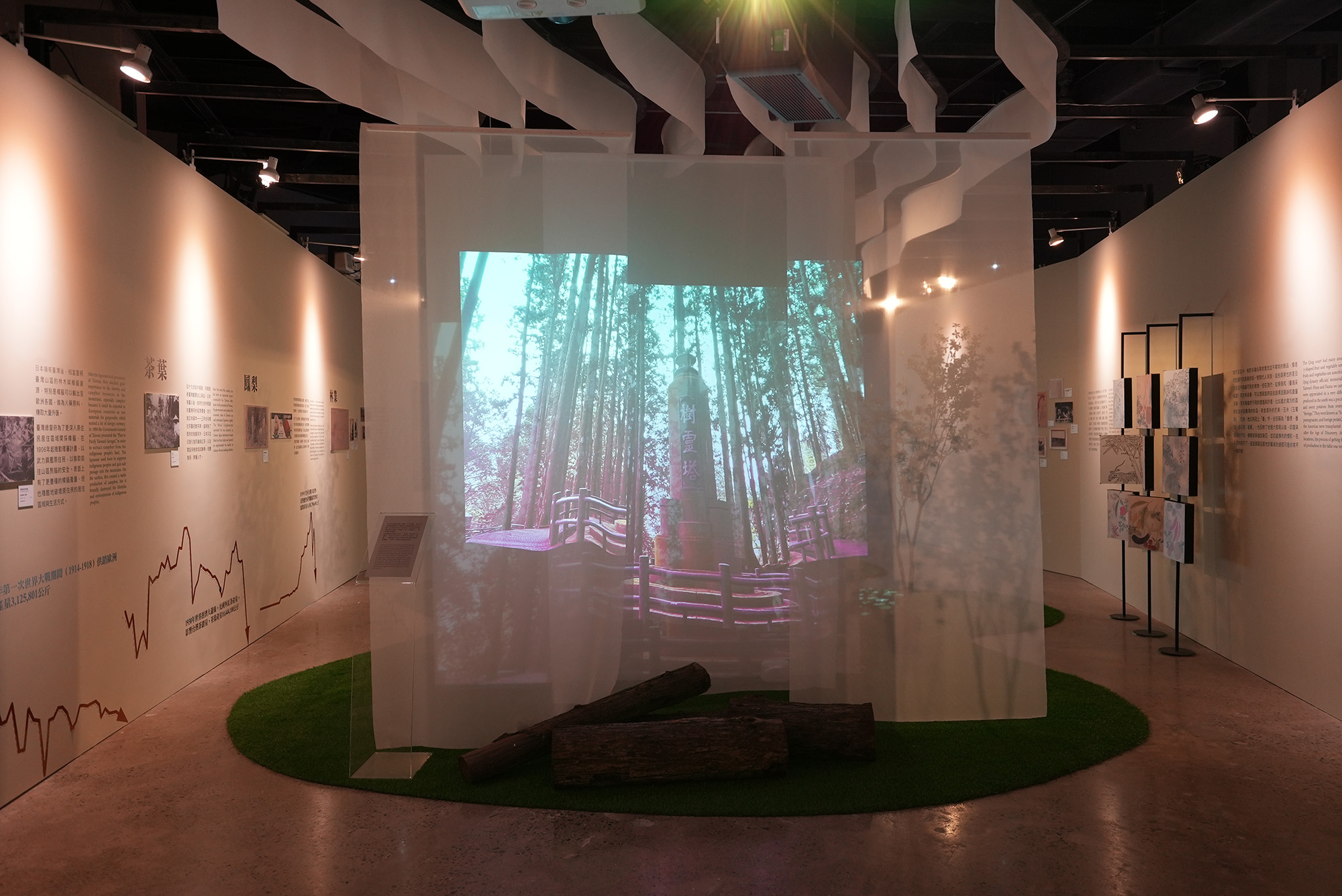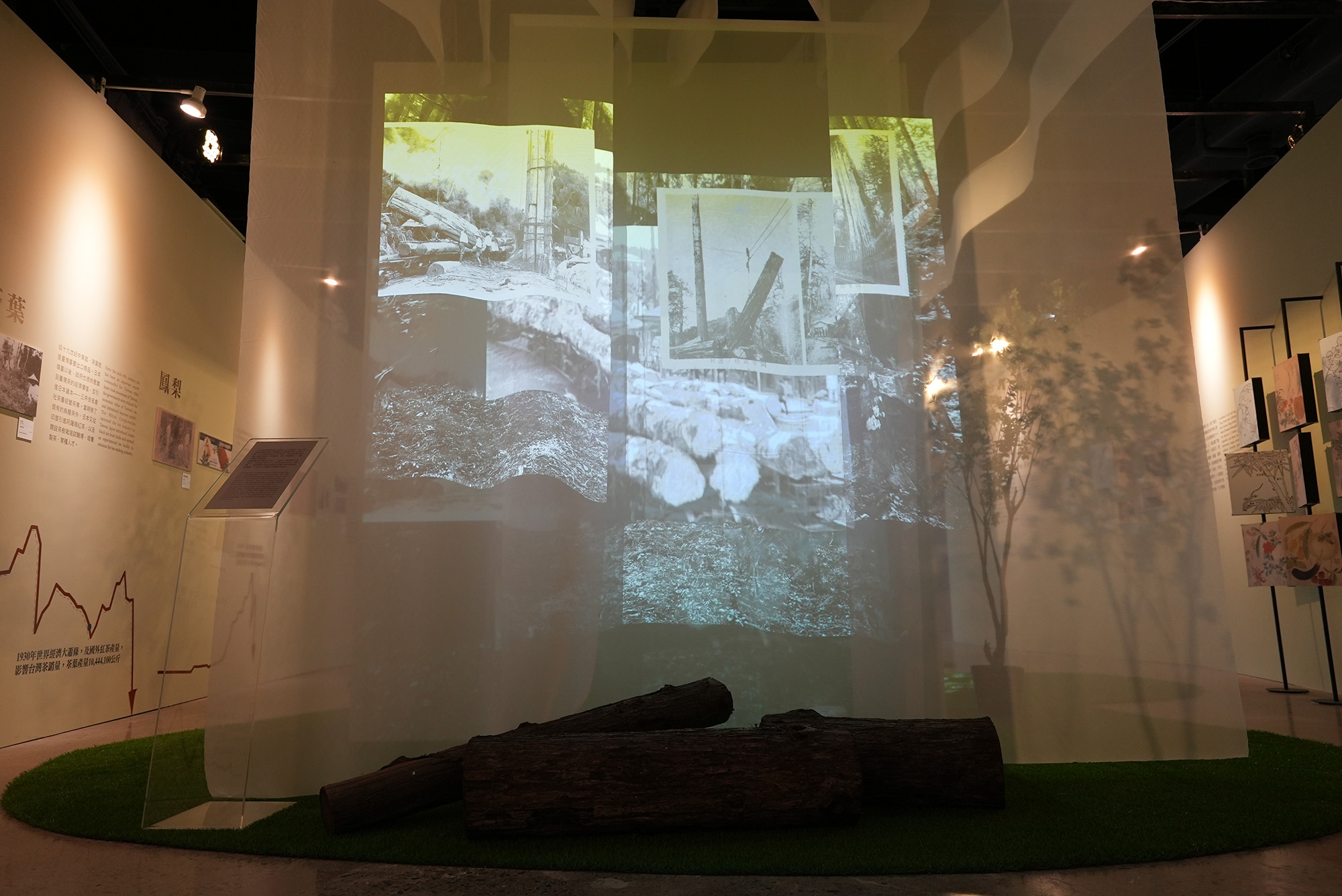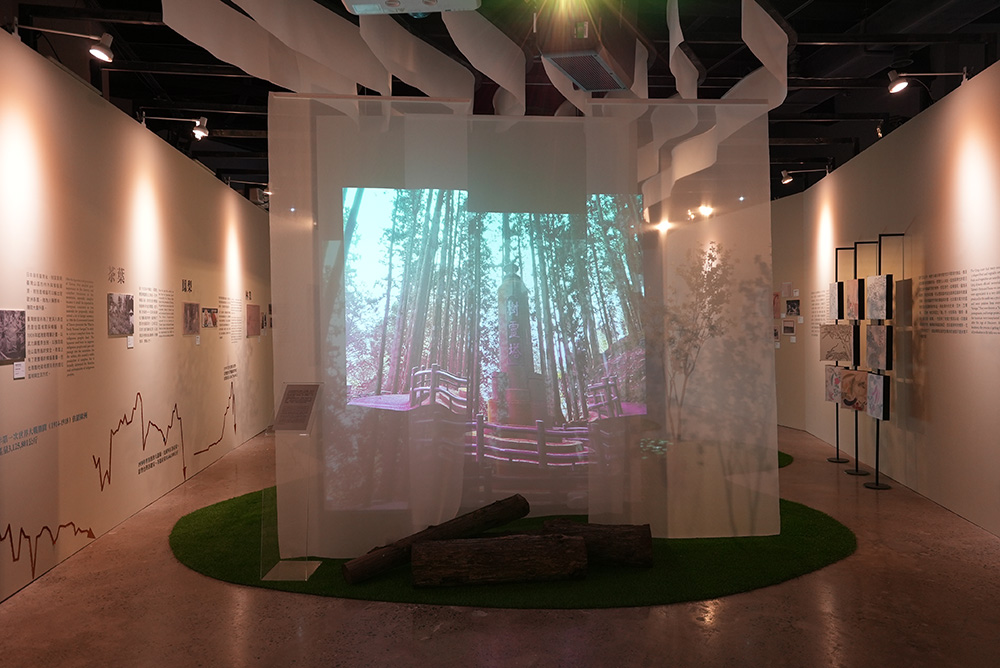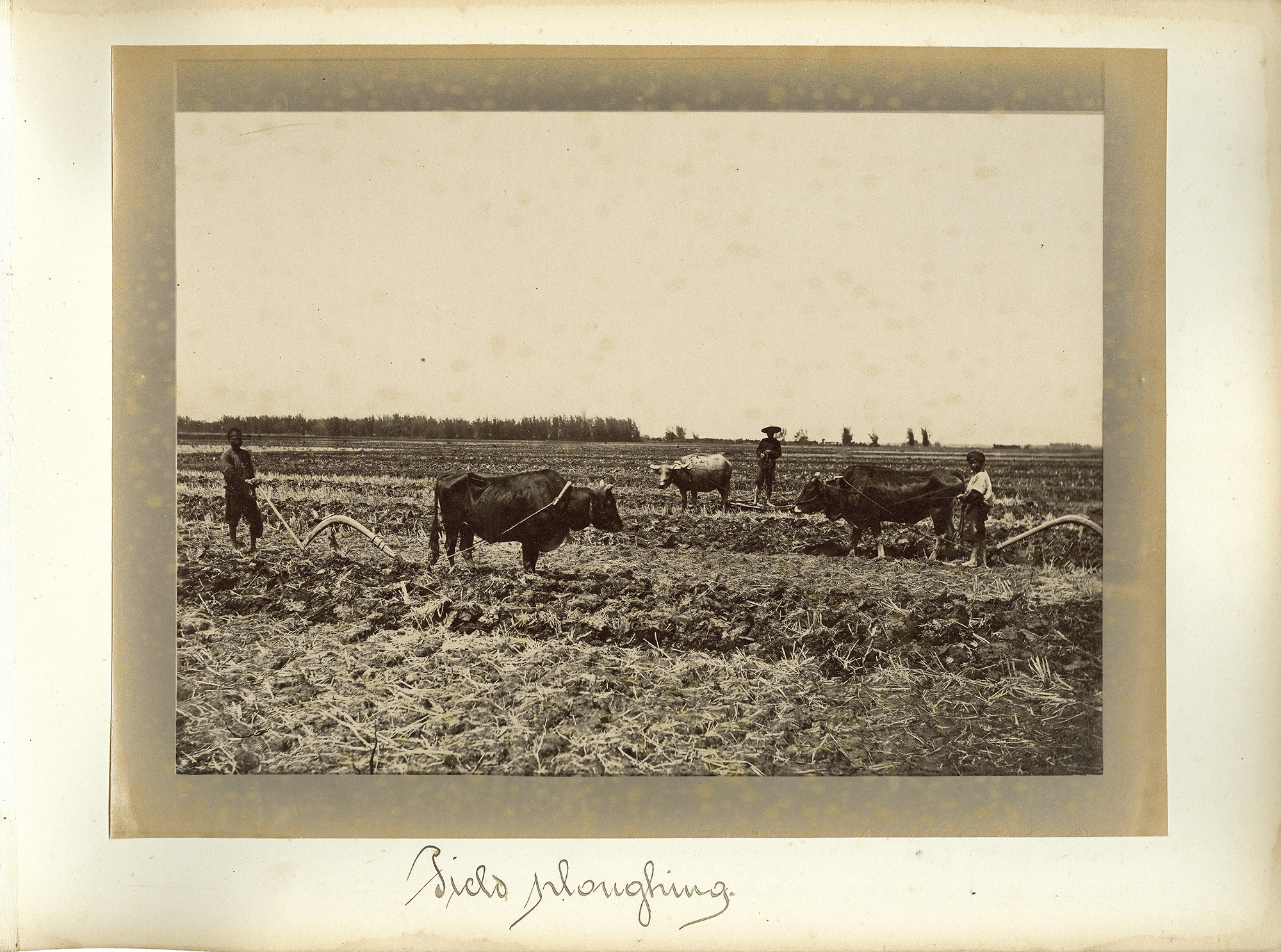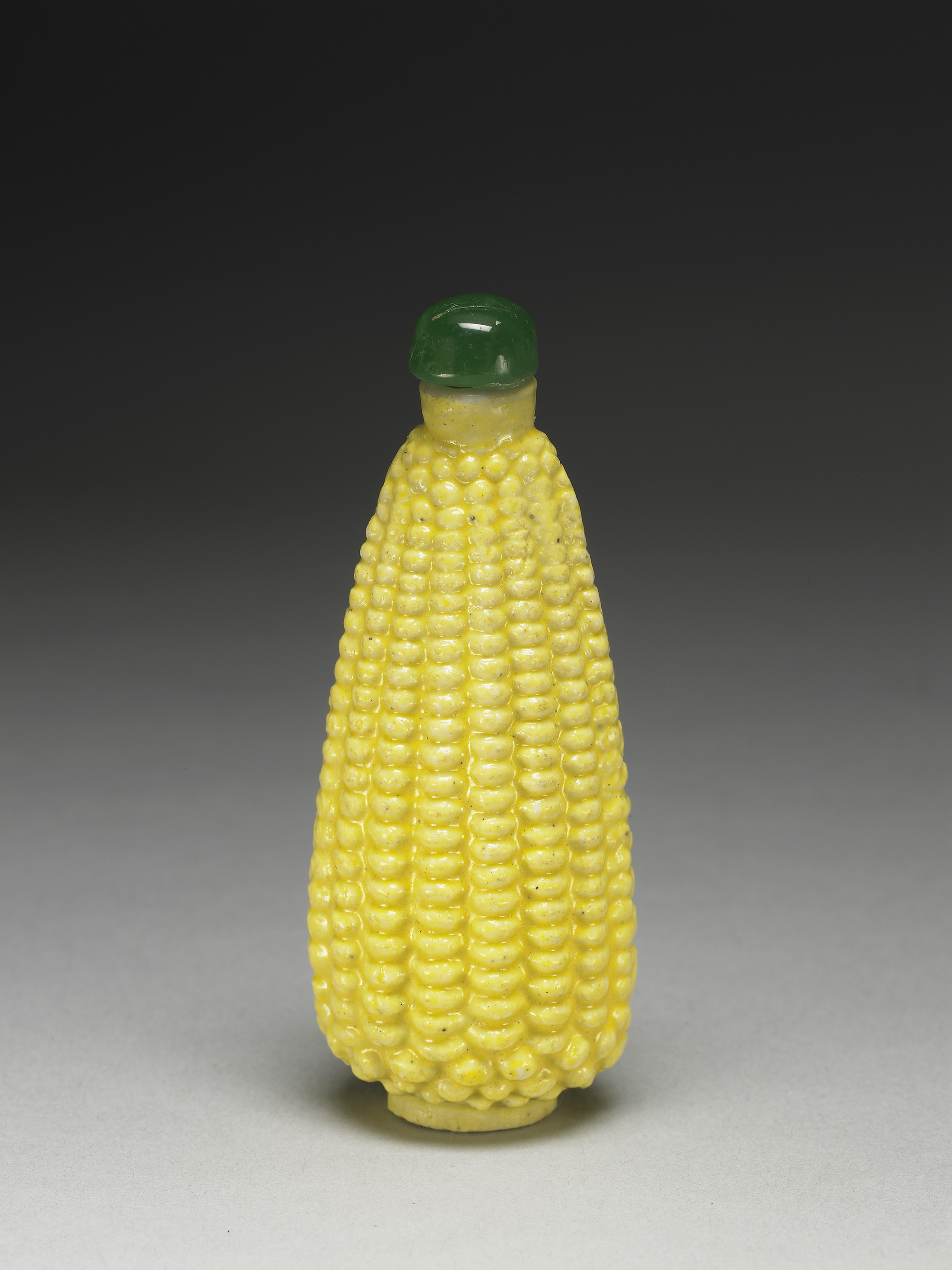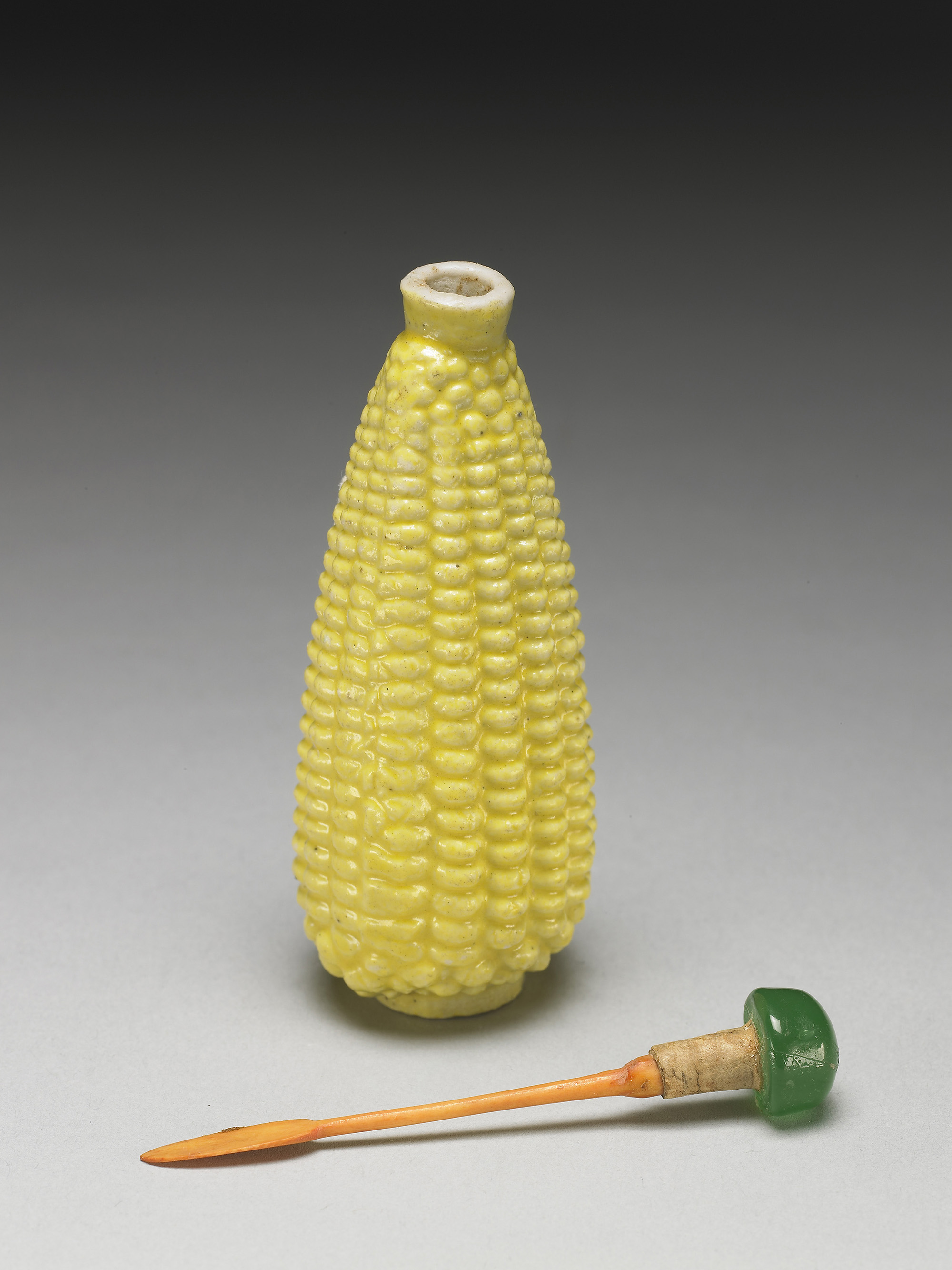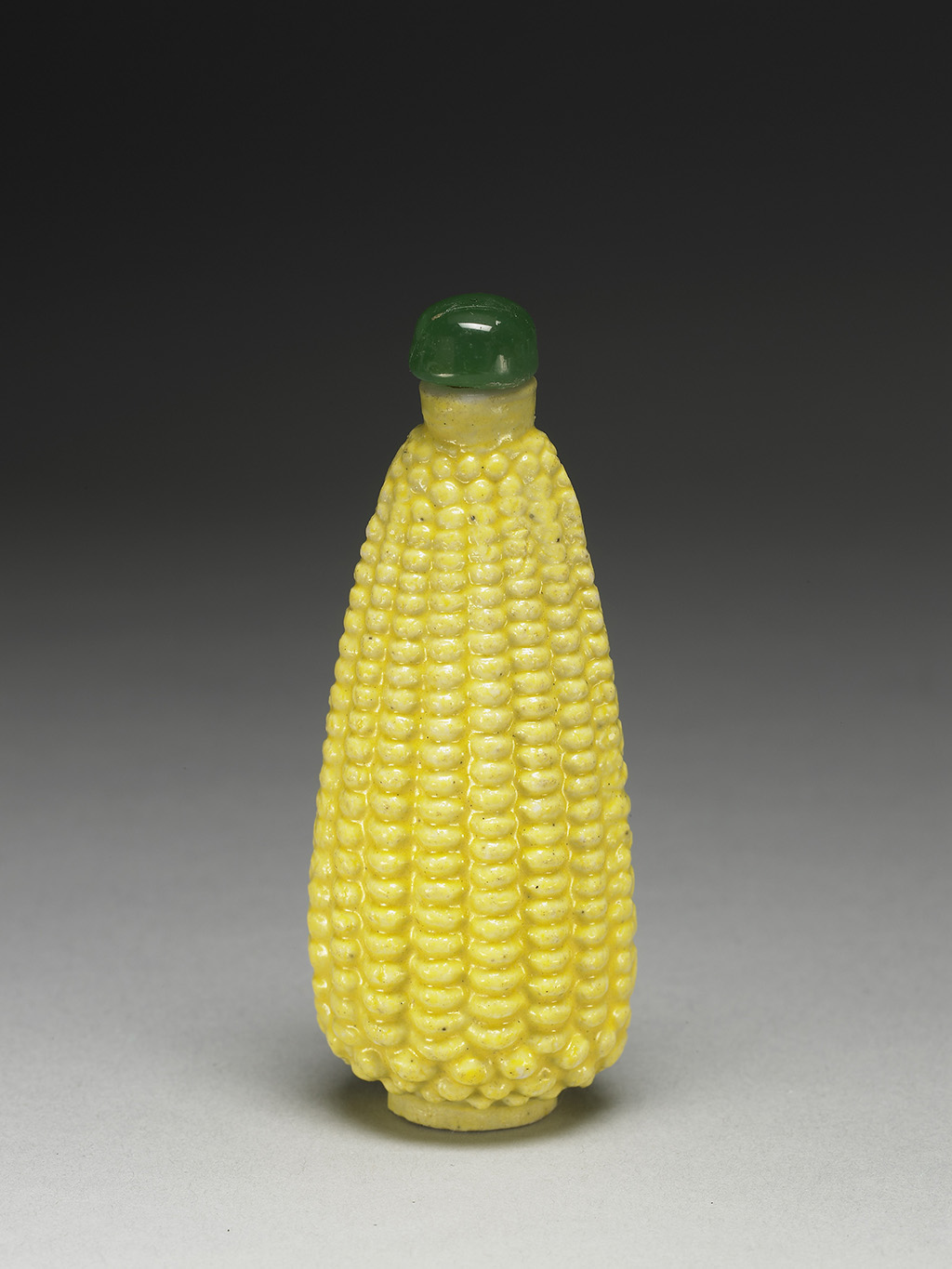Extracting Taiwan
Land development and production in Taiwan varied due to technology advancement, international trade, and physical environment in different timespan.
For example, the rich endemic deer species were exploited after Dutch East India Company exported mass Taiwan deer skins to the world in the 17th century. As large size of immigrants settling in during Qing's ruling, the gradually cultivated farm land in western Taiwan started providing rich production and different varieties due to the warm-humid climate and land fertility. After Japanese colonization in 1895, Taiwanese production was pushed into a new phase with modern technology and governance.
From Wilderness to Fertile Fields
- Ploughing
- Dimensions: 26.3X19.8 cm
- Historical Period(s): 1872-1875
- Collection: National Museum of Taiwan History
During the Qing dynasty, Taiwan's development not only relieved the population pressure in China's southeastern coast, but by producing and distributing additional rice across China, also solved the food shortage caused by rapid population growth. The irrigation canals built to cultivate rice fields profoundly impacted the hydrology and landscape of the western plains of Taiwan.
- Porcelain snuff bottle in the shape of a corn cob in yellow glaze
- Dimensions: 8.1X3.1 cm
- Historical Period(s): 19th Century
- Collection: National Palace Museum
The Qing court had many unusual ornaments, such as exquisitely-shaped fruit and vegetable ornaments. To people nowadays these fruits and vegetables are something we see in daily life, but from the Qing dynasty officials' memorials to the throne and Illustrations of Taiwan's Flora and Fauna we can see that these fruits and vegetables were appreciated in a very different way. For example, the lychee produced in the south was a precious product; mangoes, corn, guavas, and sweet potatoes from overseas were crowned with the word "foreign." They were known as "foreign mangoes, foreign corn, foreign pomegranate, and foreign potato," reflecting how crops from India and the Americas were transplanted to East Asia and spread everywhere after the Age of Discovery. At different times and geographical locations, the process of getting these fruits and vegetables from place of production to the table was very different!
This porcelain snuff bottle is in the shape of a corn, with a green stopper and ivory spoon, in a vivid glaze and lifelike form.


